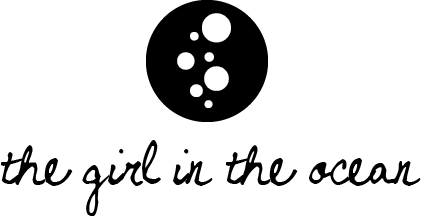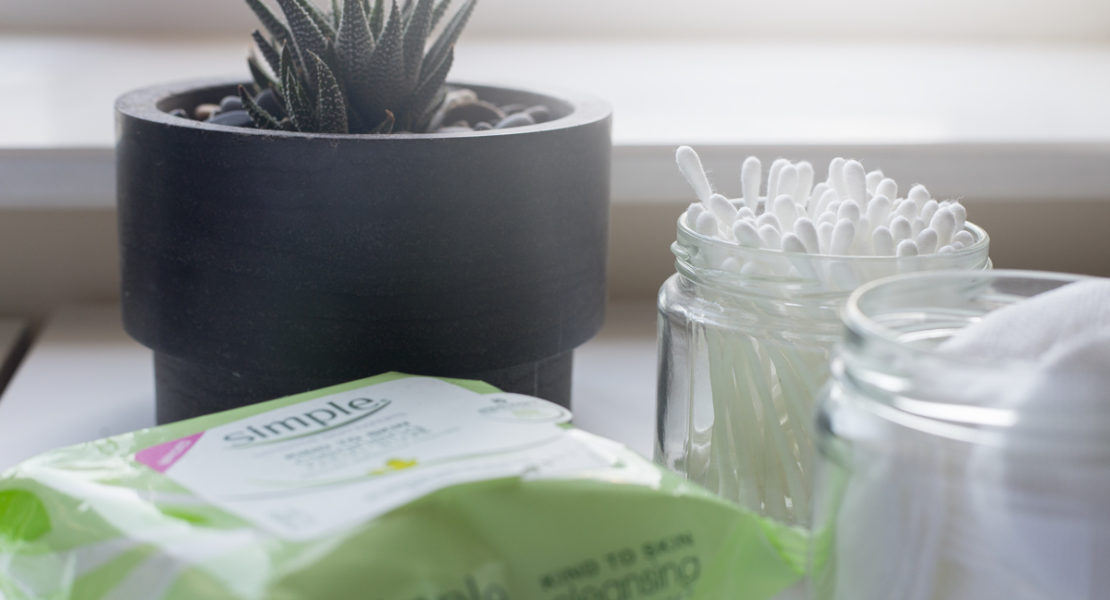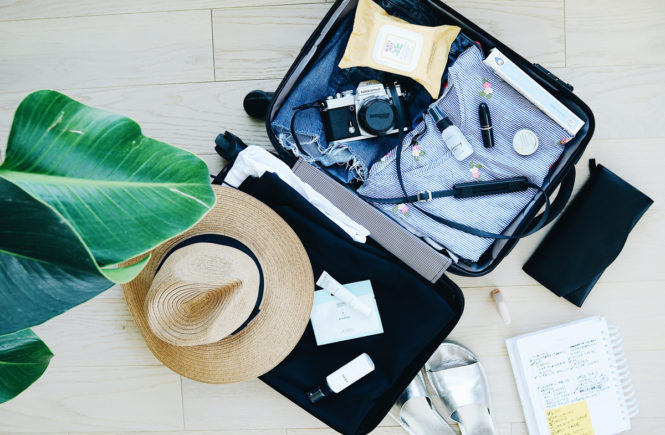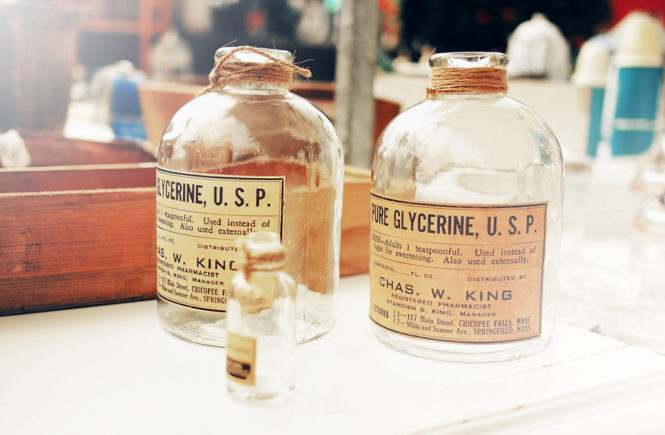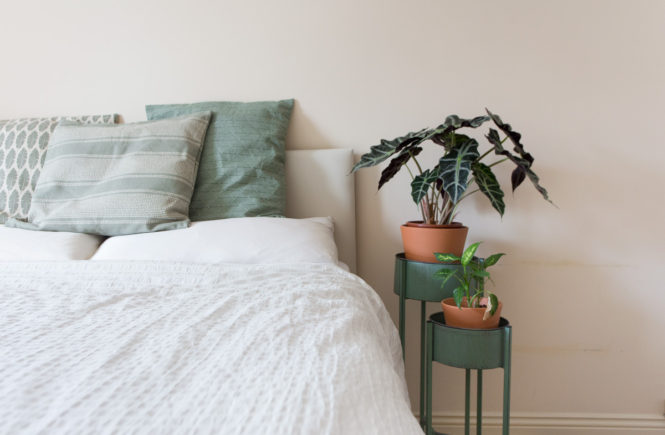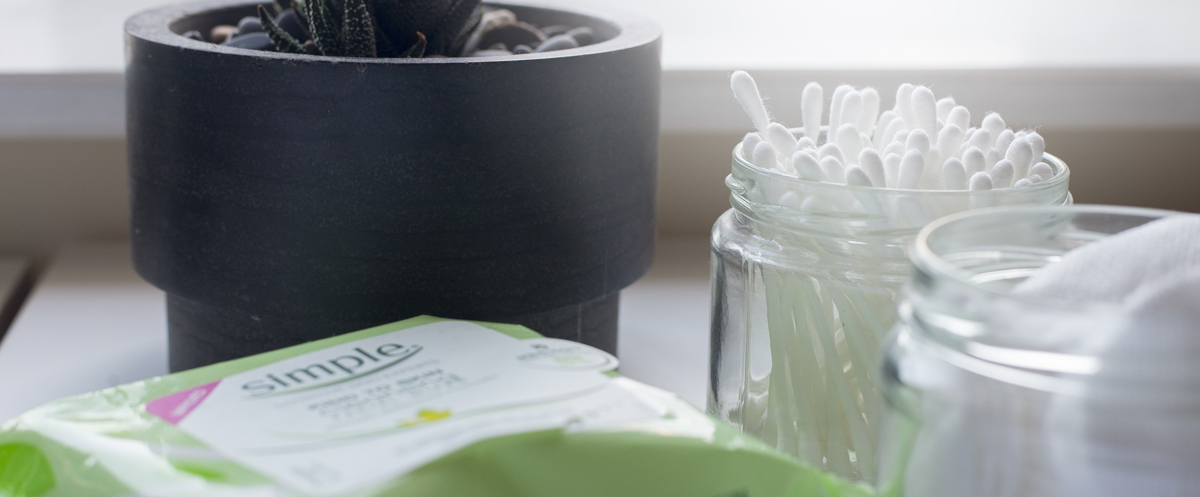
We all do it, not only when it comes to beauty routines, we tend to ignore the environmental impacts of our lives.
There are loads of unexpected ways we can contribute, either negatively or positively!
This is a quick post about parts of my beauty routine I never gave much thought to and wish I had before. Now this isn't to make you feel bad though, as I'm learning of loads of different ways to turn things for the better!
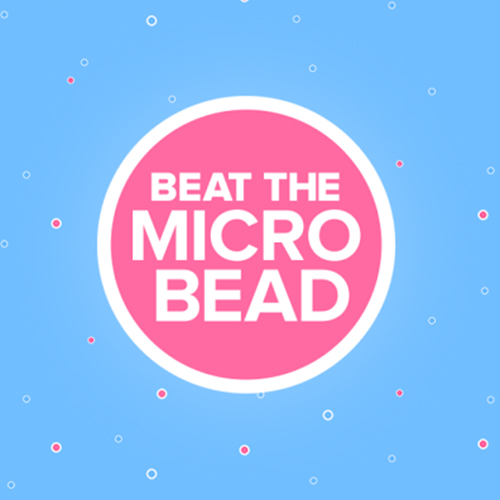
1. Microbeads / Microplastics
This is probably the more widely-known element in the list, as it's been talked about in the media a lot.
- Microbeads are tiny solid pieces of plastic, anything smaller than 5mm, that don't dissolve in water and don't biodegrade in the environment.
- To give you an idea of the amount in products, a typical exfoliating shower gel can contain as much plastic as the amount used to make the bottle!
- These tiny plastic particles make their way in the stomachs of fish & marine life, where they stay forever and can cause them to starve to death, among other things.
- The other scary thing about microplastics is that through the fish & seafood we eat, it's been proven that they make their way into our stomachs too.
You can read more about the Oceanic Microplastics issue in my article right here.
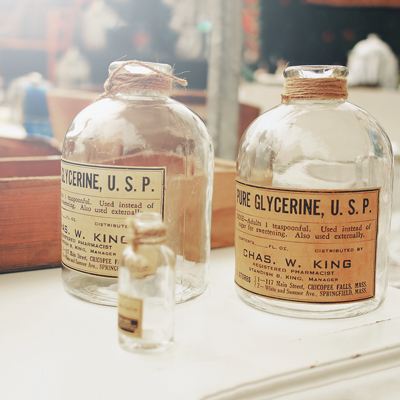
2. Chemicals
Chemicals in cosmetics is an issue I've always kind of chosen to ignore, but can't any longer. There are so many potential irritants and danger that the research is taking me a long long time. If you set aside the risks for us and for the rest of the environment, here's a quick breakthrough of the worst marine offenders you should look out for:
- P-phenylenediamine, BHA, BHT, DBP, Triclosan, DEA, MEA, TEA, Oxybenzone, Octinoxate and Parabens.
- Sounds like a bunch of science gibberish right? I told my mom to stay away from ingredients made up of 3 capital letters, sounds like a safe bet for now.
- Together, these ingredients can go from accumulating in marine life, to causing mutations, altered behavior, infertility and death in marine life. Doesn't sound so pretty now does it?
- These ingredients are widely found in makeup colouring, shower gels, moisturizers, sunscreen and so many other products.
You can read in more details about each one in my post on chemicals in cosmetics.
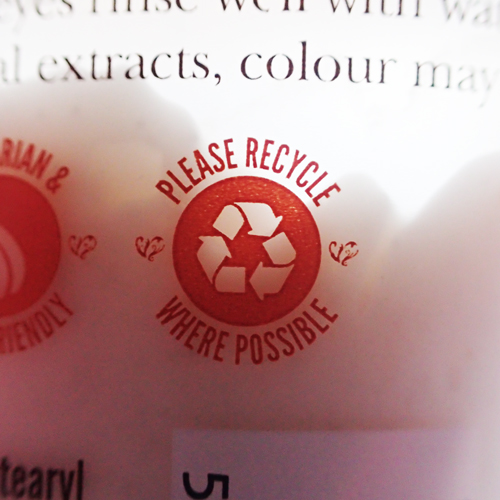
3. Packaging
On top of what's inside it, we have to consider the packaging of the products we use and its effect on the oceans.
- Beauty products are usually packaged in layers of plastic and cardboard, and even when some of it is recyclable, most of the packaging material ends up in landfills where it will take hundreds of years to break down.
- One good thing to do about this is to prioritize glass & metal bottles, packaged in cardboard.
- More and more companies are conscious of the problem and stopped putting instruction leaflets in the boxes and print them directly inside the box.
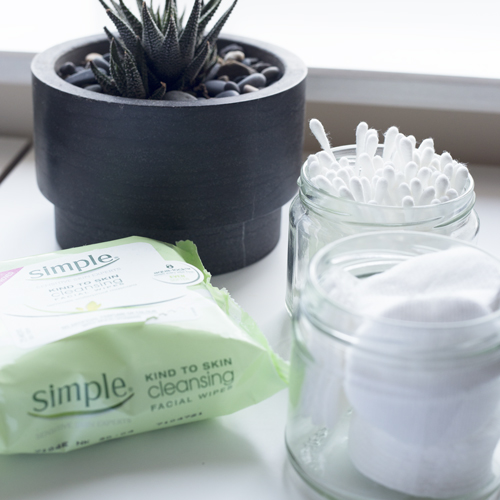
4. Disposable tools & accessories
Finally, the last thing to think about are the disposable tools we use everyday. What do I mean? I'm talking about makeup wipes, cotton swabs, cottons rounds, etc.
- Makeup Wipes : Usually made of a combination of plastic, wood pulp and cotton, these are the fastest growing type of pollution on UK beaches. Animals such as turtles mistake them for jellyfish and eventually die.
- Cotton Swabs : The plastic middle of cotton swabs is one of the most common item found on UK beaches. They have been found in the digestive system of seabirds and turtles. It's a shame to think it's so easy to find the ones made out of cardboard instead of plastic.
- Cotton Rounds : While the rounds themselves aren't so bad for the environment, they are usually packaged in plastic. There are plenty of reusable options arounds, but if you want to use the disposable ones, you should buy the ones made of organic cotton.
